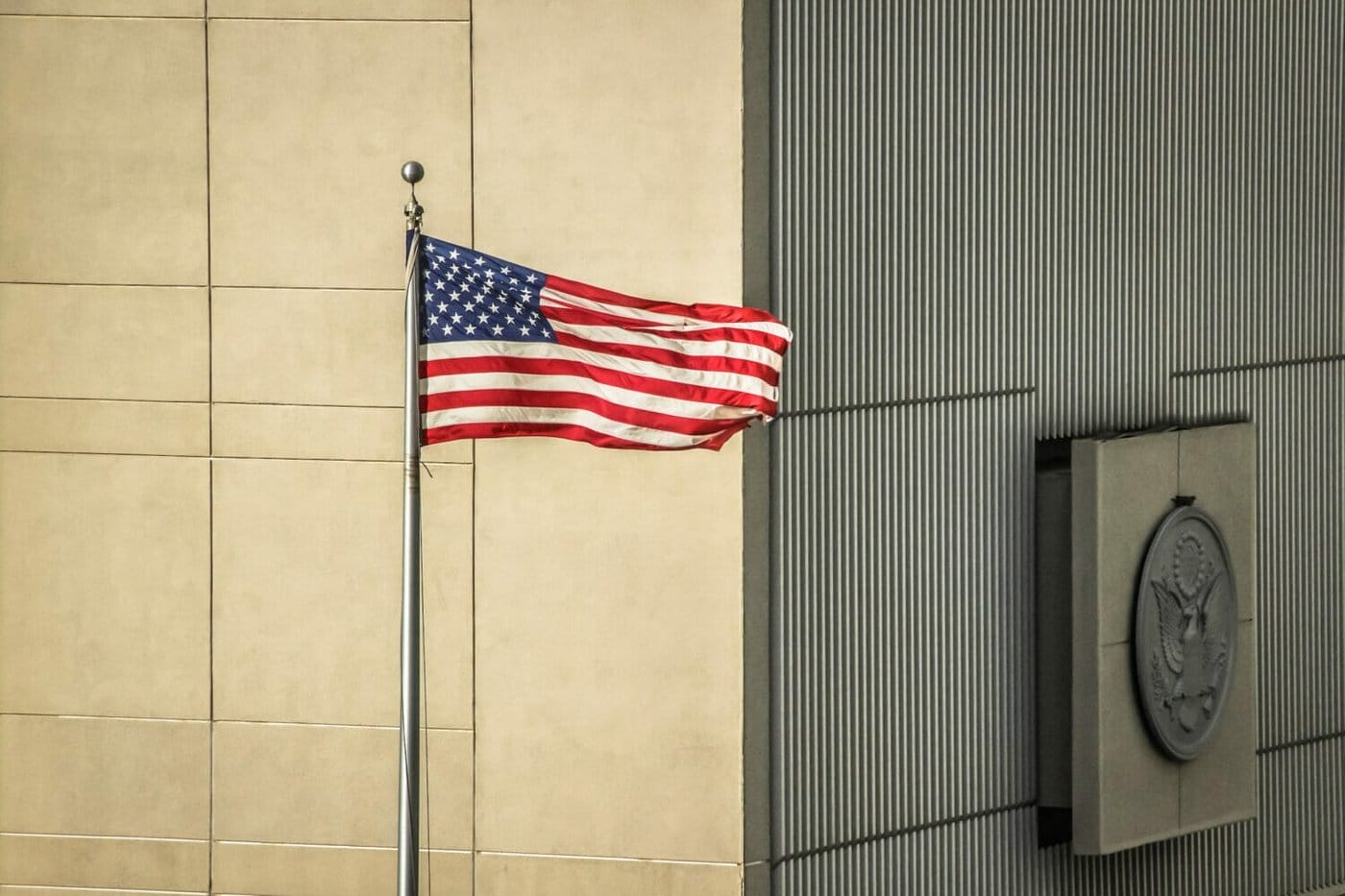
If you’re applying for a green card, naturalization, or any other visa to enter the United States, then you’ve likely dealt with the U.S. consulate or embassy in your home country. Consulates and embassies are both types of diplomatic missions established by one country in another to conduct official diplomatic activities. However, there are some key differences between the two. Read on to learn what those are, the role of embassies and consulates in U.S. immigration processes, and how they support U.S. citizens abroad.
Consulate Vs. Embassy: Key Differences
Functions and Roles
- Embassy: An embassy is the main diplomatic mission of one country in another country’s capital city. It represents the sending country’s government and serves as the highest level of diplomatic representation. Embassies are responsible for maintaining political, economic, and cultural relations between the two nations. They handle diplomatic matters, issue visas and passports, and provide consular services to their citizens living or traveling in the host country.
- Consulate: A consulate is a smaller diplomatic mission, usually located in a major city other than the capital, where the embassy is situated. Consulates focus primarily on providing services to their country’s citizens in the host country, such as issuing passports, providing assistance during emergencies, and helping with legal and administrative matters. They may also promote trade and economic relations between the two countries and facilitate business exchanges.
Location
- Embassy: An embassy is located in the capital city of the host country, typically in close proximity to the government institutions and other diplomatic missions.
- Consulate: Consulates are established in major cities other than the capital, strategically chosen to offer better support and services to citizens and businesses in those regions.
Size and staff

- Embassy: Due to its broader range of responsibilities, an embassy is generally larger and staffed with more diplomats and support personnel than a consulate.
- Consulate: Consulates are smaller in size and have fewer staff members, focusing primarily on providing consular assistance.
Hierarchy
- Embassy: The head of an embassy is usually an ambassador, who represents the head of state or government of the sending country. Ambassadors have a higher diplomatic rank than consuls.
- Consulate: The head of a consulate is typically a consul or a consul general, who has a lower diplomatic rank compared to an ambassador.
How Does This Apply to Visa Processing and Passport Services?
An easy way to think of this is most countries have a U.S. embassy. Inside the embassy there is also a consular section where visa and passport work is done. Depending on the size of the country, there may be additional consulates located throughout the country where you can also receive visa and passport services.
The Bottom Line
While both consulates and embassies are diplomatic missions representing one country in another, embassies serve as the main diplomatic representation in the capital city, dealing with a broader range of diplomatic matters, while consulates focus on providing consular services and promoting trade and economic relations in other major cities of the host country.
Each month, Boundless updates the current operating status of U.S. embassies and consulates around the world. Learn more about the status of an embassy or consulate near you!